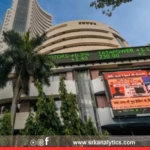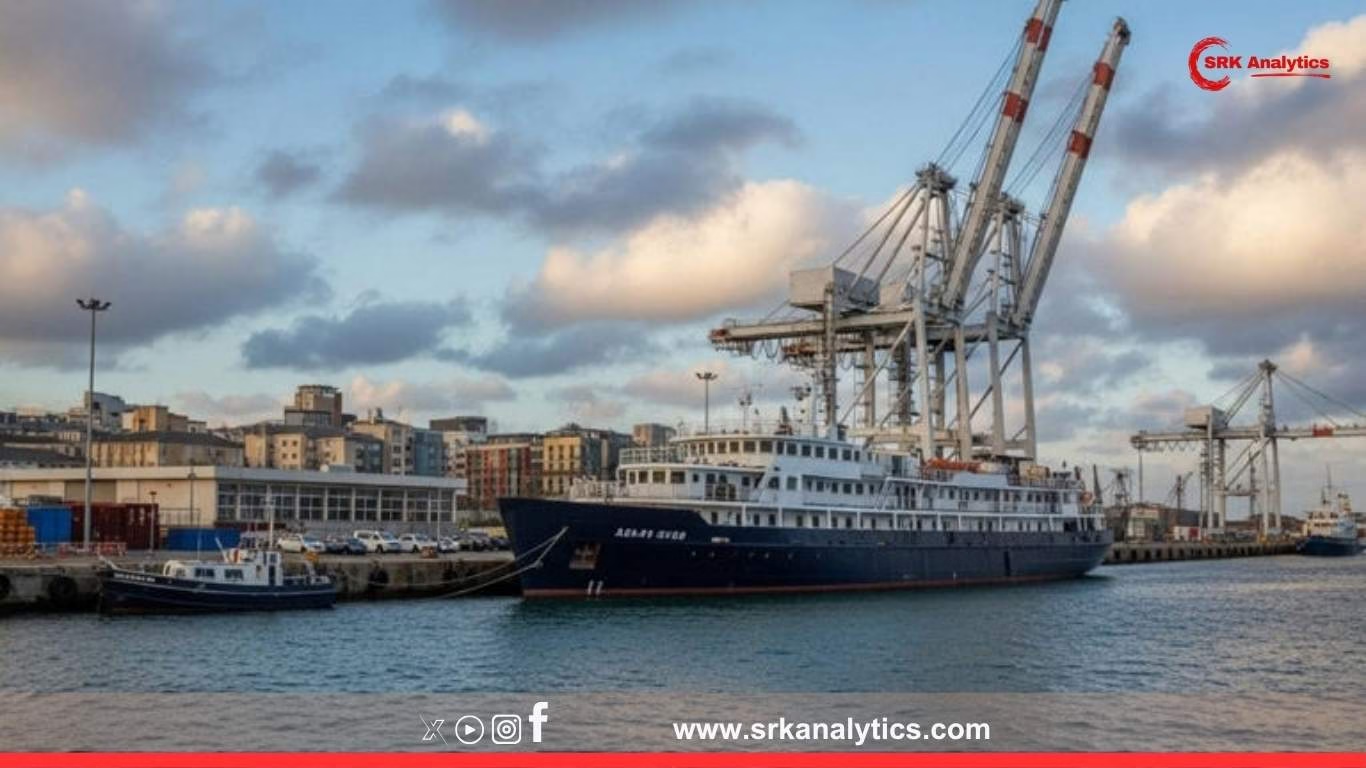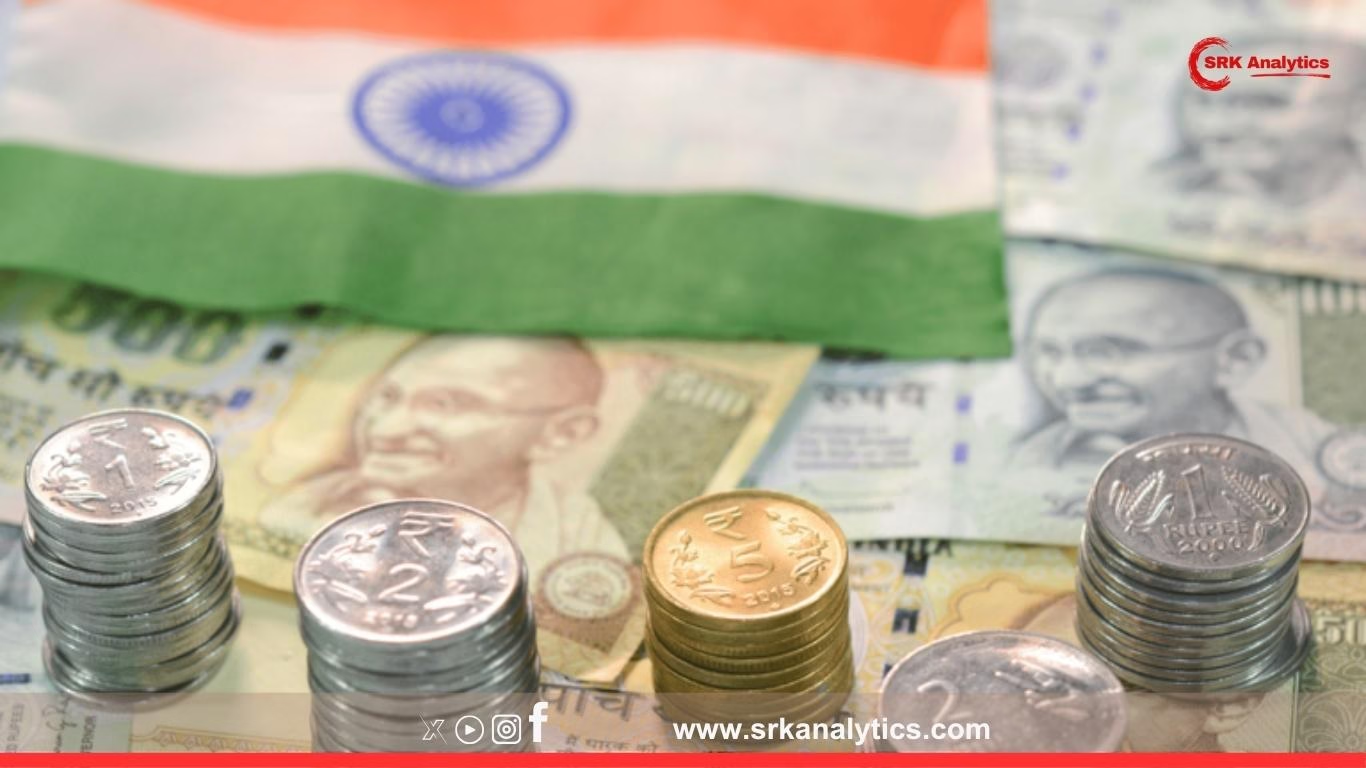India is poised to become the world’s third-largest economy by 2028 and is expected to reach a GDP size of $10.6 trillion by 2035, according to a new research note by Morgan Stanley economists. The report highlights India’s structural transformation driven by policy reforms, manufacturing growth, and a robust digital economy as key enablers of this projected economic leap.
India’s Growth Trajectory: Key Projections
Morgan Stanley forecasts India’s nominal GDP to nearly double over the next decade, making it the fastest-growing large economy in the world. The report notes that by surpassing Japan and Germany by 2028, India will firmly establish itself as an economic powerhouse after the United States and China.
India’s GDP Projections
| Year | Projected GDP ($ trillion) | Global Rank |
|---|---|---|
| 2022 | 3.4 | 5th |
| 2025 | 4.7 | 4th |
| 2028 | 5.9 | 3rd |
| 2030 | 7.2 | 3rd |
| 2035 | 10.6 | 3rd |
The report’s authors Chetan Ahya and Ridham Desai stated, “India will account for over 16% of global growth over the next decade, supported by a favourable demographic profile, strong domestic demand, and an expanding manufacturing base.”
Drivers of India’s Economic Rise
1. Manufacturing and PLI Schemes
India’s manufacturing sector is projected to see exponential growth due to:
- Production-Linked Incentive (PLI) schemes across electronics, automobiles, semiconductors, and solar equipment
- Global supply chain diversification away from China
- Rising domestic demand for industrial and consumer goods
Manufacturing as a share of GDP is expected to rise from 16% in FY22 to nearly 21% by FY30, creating millions of jobs.
2. Digital Transformation
India’s digital economy is another major growth lever, expected to reach $1 trillion by FY30, driven by:
- UPI-led fintech revolution
- Rapid 5G and fibre rollout
- Expansion of e-commerce and direct-to-consumer brands
- Government’s Digital India initiatives
3. Infrastructure Investments
Massive investments in transport, energy, and urban infrastructure are enhancing productivity and supporting economic growth. Key programmes include:
- Gati Shakti for multimodal connectivity
- National Infrastructure Pipeline
- PM Awas Yojana for housing growth
4. Favourable Demographics
With a median age of 28.2 years, India will remain a young economy for decades, supporting labour force expansion and consumer spending.
Sector-wise Growth Contribution by 2035
| Sector | Expected Share of GDP (%) | Key Growth Drivers |
|---|---|---|
| Services | 53 | IT, financial services, healthcare, retail |
| Manufacturing | 21 | PLI, exports, industrial automation |
| Agriculture | 12 | Value addition, agri-tech adoption |
| Construction | 8 | Housing, infrastructure, real estate |
| Others | 6 | Mining, utilities, miscellaneous sectors |
Morgan Stanley’s Key Insights
- Per Capita Income: India’s per capita income is projected to rise from ~$2,500 in 2022 to ~$7,400 by 2035, transitioning towards upper middle-income status.
- Global Trade Share: India’s share of global exports could double from 2.1% in 2022 to over 4% by 2035, driven by competitive manufacturing and services exports.
- Private Investment Revival: The capex cycle is gaining momentum, with strong credit growth, deleveraged corporate balance sheets, and supportive government policies.
Challenges to Growth Realisation
While the outlook is strong, Morgan Stanley cautioned about potential challenges:
- Geopolitical risks and trade restrictions
- Delay in infrastructure execution
- Skill gaps in manufacturing workforce
- Volatile commodity prices affecting input costs
However, the report added that the government’s focus on skilling programmes, policy stability, and regulatory reforms mitigates these risks effectively.
Recent Policy Measures Boosting Confidence
The Indian government has undertaken multiple reforms in recent years to improve the ease of doing business, attract foreign investments, and formalise the economy, including:
- GST and Insolvency & Bankruptcy Code implementation
- Corporate tax cuts for new manufacturing units
- Launch of India Semiconductor Mission
- Labour code reforms (pending full rollout)
Analyst Views
Leading economists and market analysts echoed Morgan Stanley’s optimism:
“India’s growth trajectory is supported by demographics, consumption, investment, and productivity improvements through digital and infrastructure development. The current global rebalancing away from China adds to India’s attractiveness as a manufacturing hub.” – Senior Economist, Global Bank.
Global Comparison: GDP Size by 2035 (Projected)
| Country | Projected GDP ($ trillion) | Global Rank |
|---|---|---|
| USA | 32.7 | 1st |
| China | 26.4 | 2nd |
| India | 10.6 | 3rd |
| Japan | 6.8 | 4th |
| Germany | 6.6 | 5th |
Impact on Employment and Society
The expansion of India’s GDP to $10.6 trillion will generate significant employment opportunities across sectors, boost incomes, and lift millions out of poverty. Urbanisation is projected to accelerate with over 40% of India’s population living in urban areas by 2035, leading to higher consumption of goods, housing, and services.
Conclusion
Morgan Stanley’s projection that India will become the world’s third-largest economy by 2028 and reach $10.6 trillion by 2035 underscores the nation’s structural strength, policy momentum, and economic resilience. With focused execution of reforms and strategic investments, India is on track to emerge as a major pillar of global growth over the next decade.
Disclaimer
This news content is for informational purposes only. It is not intended as investment advice. Readers are advised to consult financial experts before making any business or investment decisions based on this report.











